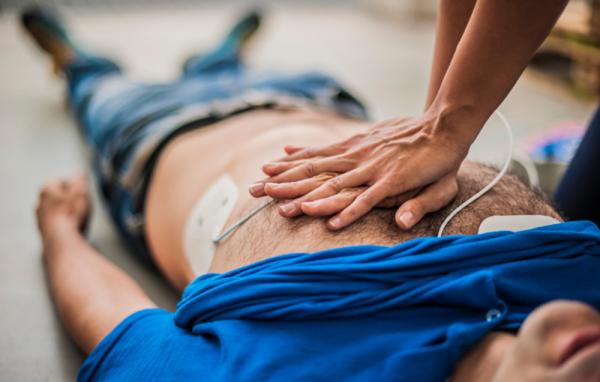When just over 2% of the U.S. population knows how to administer CPR, there's plenty of room for improvement. And progress in this area wouldn't be just slightly helpful – it can potentially save countless lives.
Armed with statistics such as this, a national medical association is calling for a renewed push across the country for training, with high school students being the primary instructional targets of CPR, or cardiopulmonary resuscitation.
They are an excellent demographic to focus on, according to the Institute for Medicine, a division of the National Academies of Sciences, Engineering, and Medicine. That's given their vast numbers, state-by-state distribution and the educational setting that they visit most weekdays throughout the school year.
"Prior CPR training is the single most powerful factor contributing to a person performing bystander CPR in an emergency," according to Dr. Lorrel E. Brown, associate director of the Cardiovascular Medicine Fellowship Program at the University of Louisville School of Medicine. "By requiring high school students to receive training before graduation, we are creating a group of potential lifesavers each year."
 Dr. Brown and associates published a study today in the Journal of the American College of Cardiology, which examined what individual states require in terms of CPR education and what type of education is actually taking place.
Dr. Brown and associates published a study today in the Journal of the American College of Cardiology, which examined what individual states require in terms of CPR education and what type of education is actually taking place.
There are more than 16 million high school students in the United States. Most states require the training of teenage students, but roughly "700,000 high school students live in states without CPR training legislation, representing a missed opportunity to equip our population with this vital skill,” added Dr. Brown.
Eleven states do not require high schools to teach students CPR. They are: New Hampshire, Massachusetts, Pennsylvania, Florida, South Dakota, Nebraska, Kansas, Wyoming, Colorado, Alaska and Hawaii. Here's a map with specifics regarding each state's legal status, as well as the 39 others that have laws already on the books.
Given that there is no uniform method of training specifics, what is taught varies from state to state. For instance, among the 39 teaching states, researchers determined that 77 percent of them also require training of automated external defibrillators, or AEDs; "75 percent specify CPR training take place during a specific class, typically health class"; while only 8 percent mandated that the instructor be CPR-certified in order to teach students.
More than 350,000 people in the U.S. suffer an out-of-hospital cardiac arrest each year, according to the American Heart Association.




